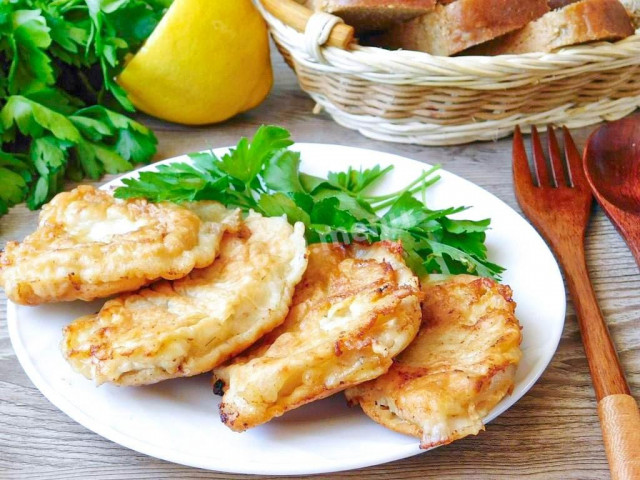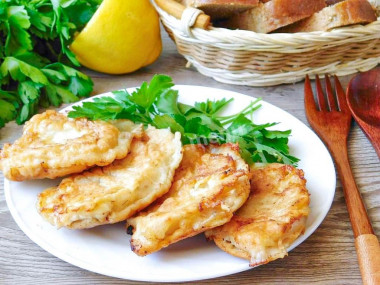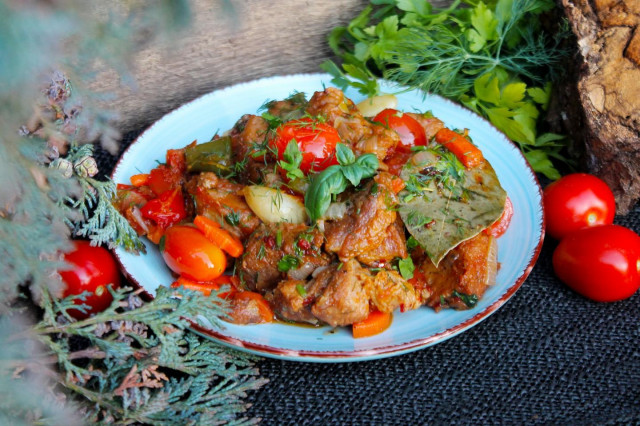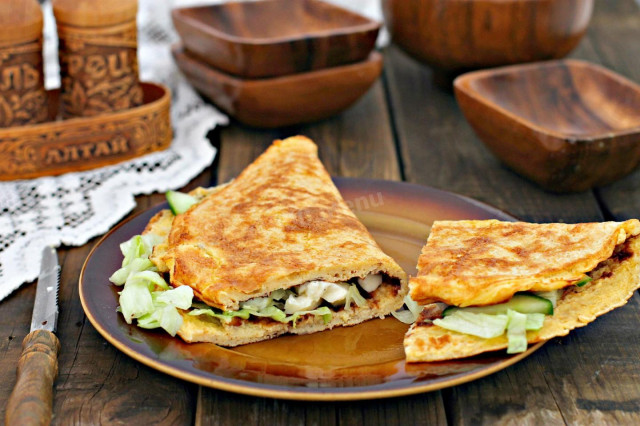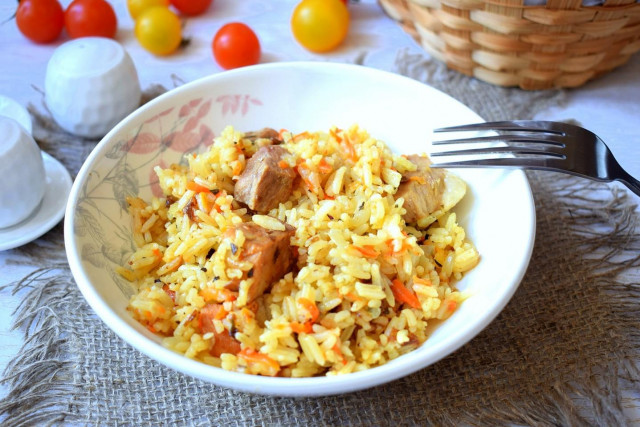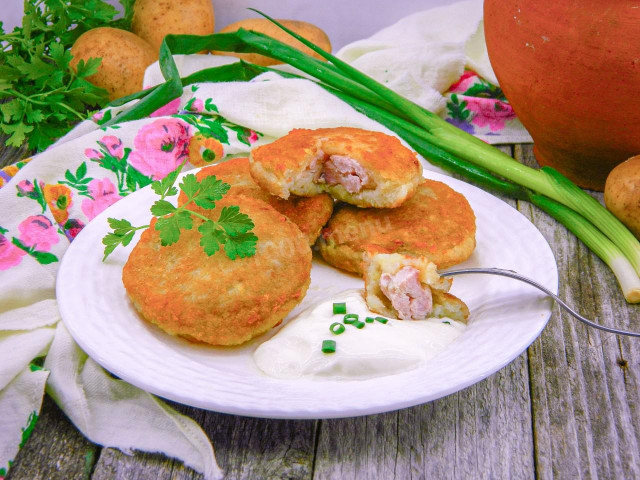Composition / ingredients
Step-by-step cooking
Step 1:
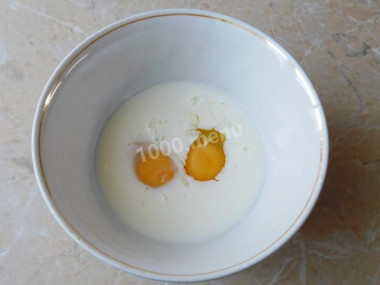
How to fry pork in batter in a juicy frying pan? Prepare the products. For frying in batter, meat carbonate, loin or tenderloin is best suited. First prepare the batter. How to make a batter? Take a large bowl, pour milk into it and beat in the eggs.
Step 2:
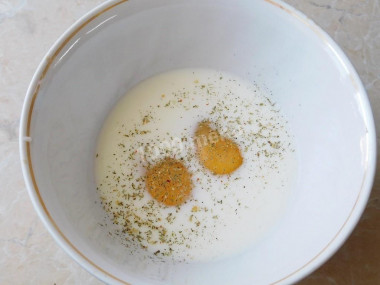
Add salt and spices to them.
Step 3:
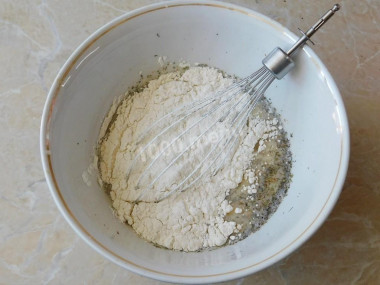
Then gradually add flour and knead the dough. Keep an eye on its consistency.
Step 4:
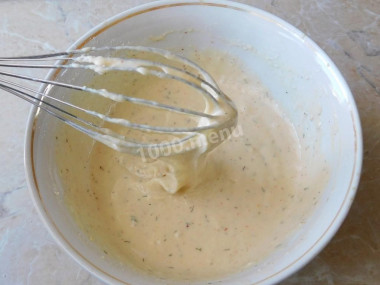
The dough should become like this, a little thick, something like a pancake batter. And, most importantly, it should be homogeneous, without lumps of flour. If you shift the flour a little and the dough comes out thick, it doesn't matter — dilute the batter with milk.
Step 5:
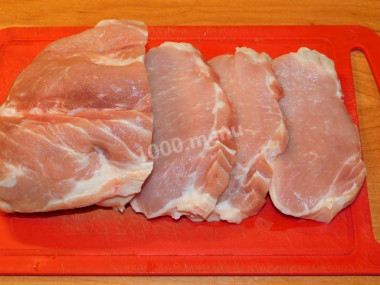
Rinse the pork under running water and be sure to dry it with a paper towel, otherwise excessive moisture will not allow it to fry - it will stew. Cut the pork into portions of small size, about 5 by 5 cm and about 1.5 cm thick. The size of the pieces greatly affects the quality of roasting. Therefore, it is best to make small pieces. Beat off each piece a little.
Step 6:
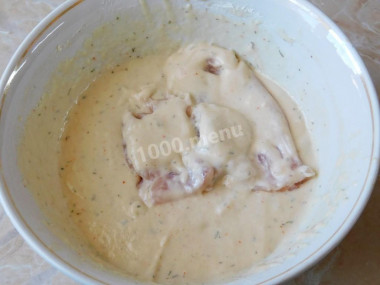
Dip all the pieces of meat, alternately, into the batter. The pieces should be completely immersed in the batter.
Step 7:
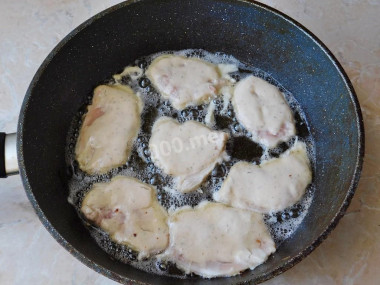
Heat the frying pan to a hot state. Pour vegetable oil on it. Put the pieces of meat in the batter in the hot oil. Fry them on low heat for 2-3 minutes.
Step 8:
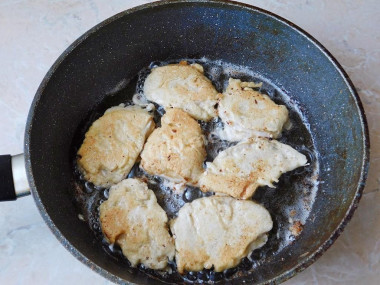
When the pieces are well browned, turn them over and fry for a couple more minutes. Then cover with a lid and let the meat steam a little. This is necessary so that the pork is finally cooked.
Step 9:
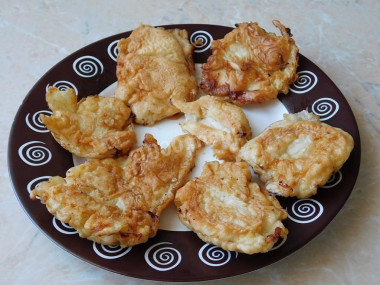
Put the finished pieces of meat in batter on a plate and serve on the table. When serving, garnish the meat with fresh herbs. Enjoy your meal!
These chops are perfect as a snack. They can be served on a festive table, you can take them with you to nature. And you can serve it with any side dish or fresh vegetables. In any case, your guests will be delighted with this dish.
In place of milk in the batter, you can use kefir or yogurt. Cook for health!
Be sure to wash the eggs before use, as even the seemingly clean shell may contain harmful bacteria. It is best to use food detergents and a brush.
For this recipe, it is better to take not frozen, but fresh meat, otherwise the finished meat risks getting dry.
Use oil with a high smoking temperature for frying! Any oils are useful only until a certain temperature is reached - the point of smoking, at which the oil begins to burn and toxic substances, including carcinogens, are formed in it.
Unrefined oils, with rare exceptions, have a low smoking point. There are a lot of unfiltered organic particles in them, which quickly begin to burn.
Refined oils are more resistant to heating, and their smoking point is higher. If you are going to cook food in the oven, on a frying pan or grill, make sure that you use oil with a high smoking point. The most common of the oils with a high smoking point: refined varieties of sunflower, olive and grape.
Caloric content of the products possible in the composition of the dish
- Whole cow's milk - 68 kcal/100g
- Milk 3.5% fat content - 64 kcal/100g
- Milk 3.2% fat content - 60 kcal/100g
- Milk 1.5% fat content - 47 kcal/100g
- Concentrated milk 7.5% fat content - 140 kcal/100g
- Milk 2.5% fat content - 54 kcal/100g
- Chicken egg - 157 kcal/100g
- Egg white - 45 kcal/100g
- Egg powder - 542 kcal/100g
- Egg yolk - 352 kcal/100g
- Ostrich egg - 118 kcal/100g
- Pork fat - 333 kcal/100g
- Pork meat - 357 kcal/100g
- Pork - low-fat roast - 184 kcal/100g
- Pork chop on a bone - 537 kcal/100g
- Pork - schnitzel - 352 kcal/100g
- Pork shoulder - 593 kcal/100g
- Boar's leg - 113 kcal/100g
- Pork - 259 kcal/100g
- Whole durum wheat flour fortified - 333 kcal/100g
- Whole durum wheat flour universal - 364 kcal/100g
- Flour krupchatka - 348 kcal/100g
- Flour - 325 kcal/100g
- Vegetable oil - 873 kcal/100g
- Salt - 0 kcal/100g
- Spices dry - 240 kcal/100g

